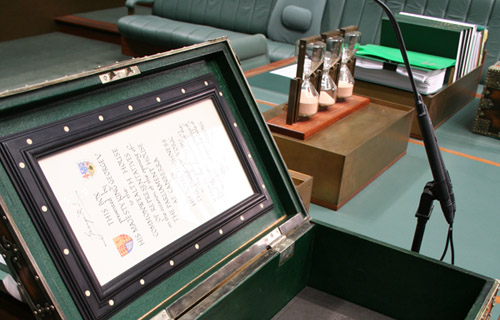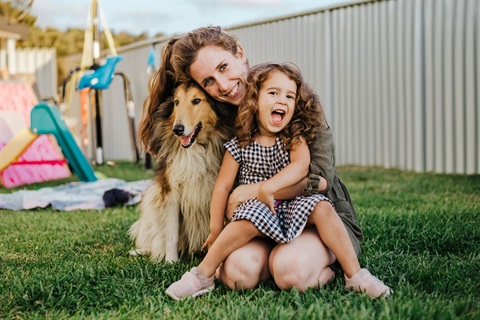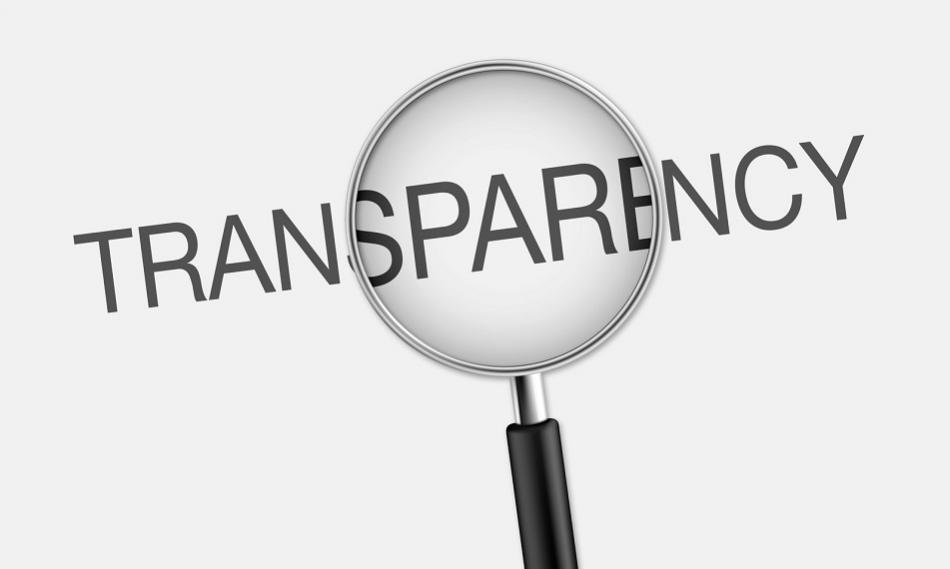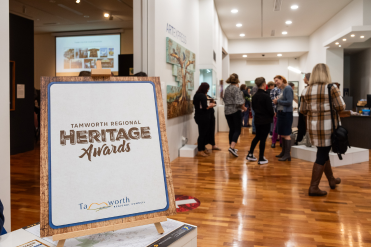Volcanologist Professor Ben Kennedy had spent 12 years studying why Whakaari erupts and is now sharing his thoughts on the disaster in an article on The Conversation.

The eruption on White Island sent sent huge amounts of steam and ash into the air in the blast. GeoNet, CC BY-ND
Professor Ben Kennedy and his wife at Mt Yasur on Tanna Island, Vanuatu.
This week, a case review hearing sought to set a trial date – now likely in 2023 – for 13 organisations and individuals facing charges in the wake of the Whakaari White Island eruption of December 9 2019.
The volcano erupted while 47 people were on the island, leaving 22 dead and survivors with severe or critical injuries.
Among the parties facing criminal charges is a research organisation that monitors volcanic activity on the island. For me, as a volcanologist, this highlights the perils of assessing hazards and communicating the risk of natural hazards.
A few years ago my wife and I visited an active and dangerous volcano. She was pregnant with our first child, and we were on a romantic holiday heading through the jungle of Tanna Island, Vanuatu, to watch the spectacular eruptions of Mt Yasur.
Seeking reassurance, she asked if it was safe. I hesitated and said yes, and added something about it being safer than riding a bike in the city.
I am volcanologist and had done my research and decided for both of us that the risk was acceptable. I knew of two fatalities, but also that between ten and 100 people visited the volcano every day and these tours had been going on for about 30 years. My back-of-envelope calculation meant a 1 in about 100,000 chance that we might die, and I was ok with these odds.
We had an exciting experience, and it was only on the way back that I confessed two people had died on the volcano. My wife smiled and said she might not have agreed if she had known, but was glad we had done the trip.
I have since been back to Mt Yasur for research with colleagues to calculate more accurately the hazard to tourists, and where on the volcano the hazard from eruptions is the highest.
As always in science, the results are complicated, but have been communicated to those responsible for managing the hazard. We need to do more work to translate our hazard numbers into risk numbers for tourist operators or regulating bodies to inform their decisions.









